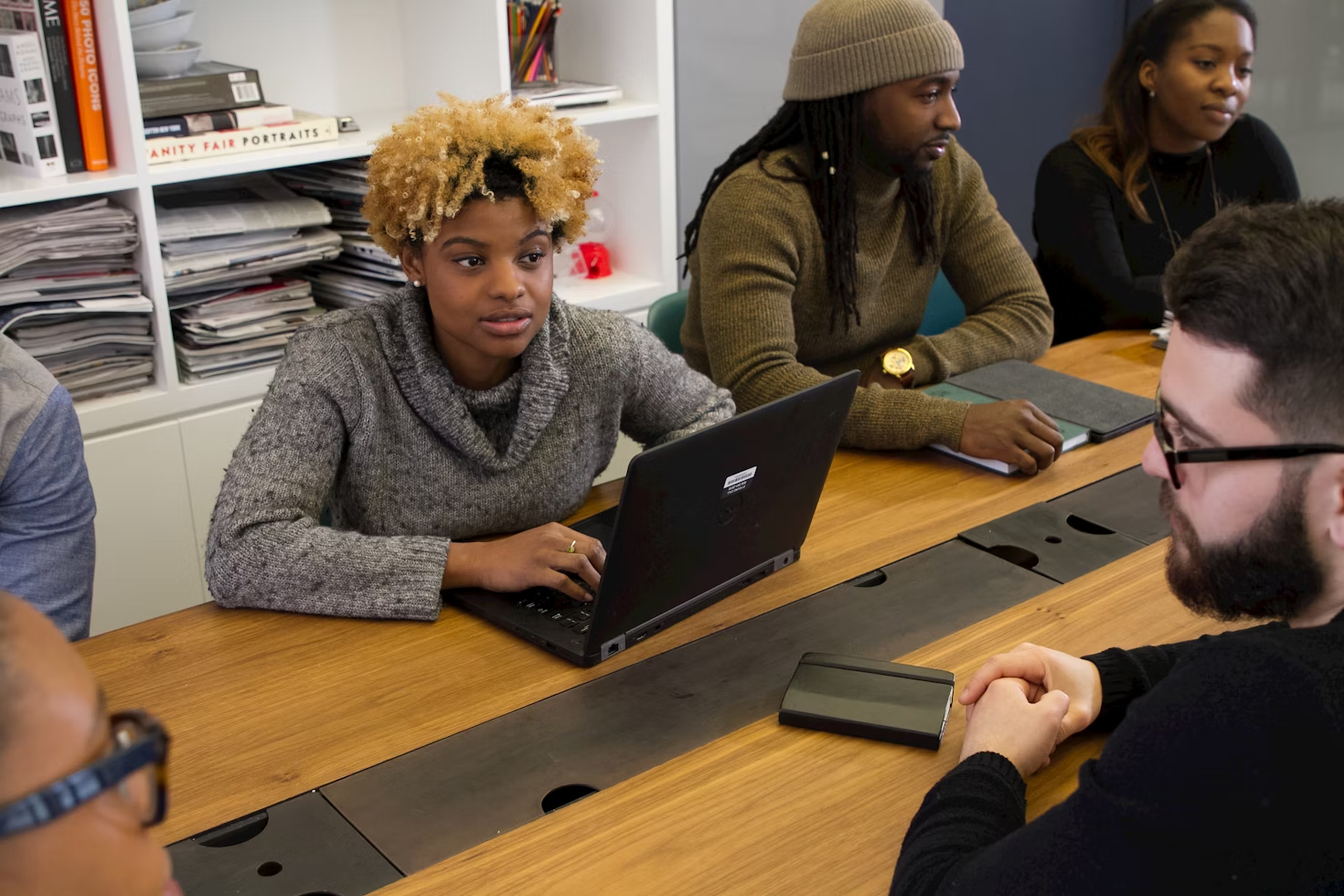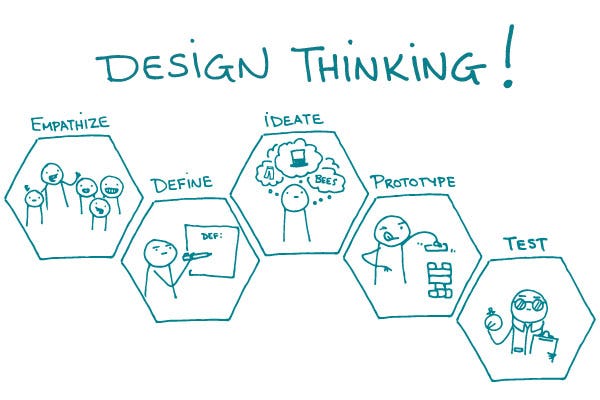Response to Sasha Trickey’s Module 3 Post
Hi Sasha, I thought your post did a great job explaining how UDL and inclusive learning design work together to make education more adaptable and equitable. I liked how you emphasized that there is no “average learner” and connected that idea to Todd Rose’s talk. The part about teaching to the “edges” also really stood…

